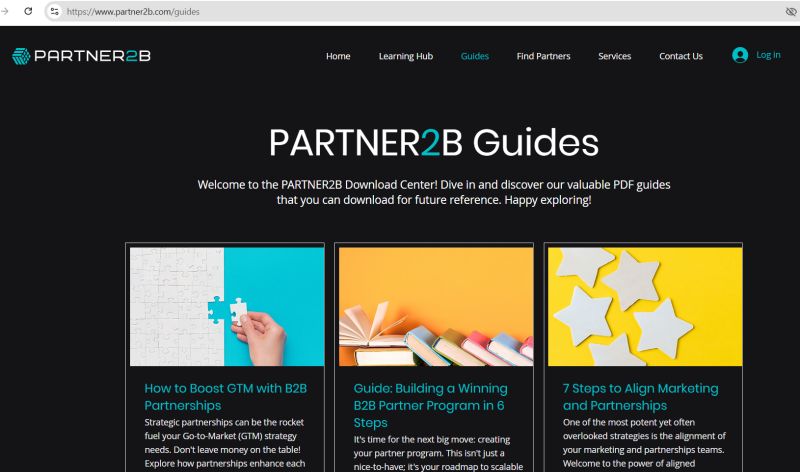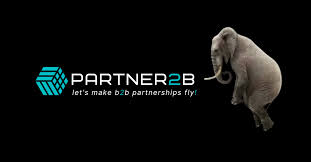
Unlocking the Potential of Pricing Services for B2B
In today’s highly competitive business landscape, mastering pricing services for B2B https://www.partner2b.com/pricing is more crucial than ever. Organizations face the challenge of setting prices that not only reflect value but also align with customer expectations and competitive dynamics. This article explores the key strategies to effectively price services in a B2B ecosystem.
Understanding the B2B Pricing Landscape
The B2B pricing landscape is complex, characterized by long sales cycles, diverse buyer personas, and products or services that often require customization. Unlike B2C pricing approaches, which can lean more heavily on psychological factors, B2B pricing needs to be grounded in value-based methodologies, taking into account the specific needs of businesses.
Value-Based Pricing: What It Is and Why It Matters
Value-based pricing involves setting prices based on the perceived value to the customer rather than the cost of the service or market prices. This approach requires a deep understanding of how customers view your products or services in terms of benefits and ROI. For B2B companies, this can include the financial impact on the client’s operations, time savings, risk reductions, and other qualitative benefits.
Conducting Market Research
Before implementing any pricing strategy, conducting comprehensive market research is vital. Understand the competition, identify prevailing pricing models in your sector, and evaluate how customers perceive value. Surveys, focus groups, and interviews can unearth valuable insights regarding pain points and willingness to pay, which will inform your pricing decisions.

Competitive Analysis: The Role of Competitiveness
Analyzing competitors is an essential part of pricing services. This can help identify if your pricing is aligned with industry standards or if it significantly deviates. Consider examining not only the price points but also the offerings, value propositions, and customer service levels provided by competitors. A SWOT analysis can be beneficial here, showcasing your strengths and weaknesses relative to your competitors.
Dynamic Pricing Models
In the B2B space, dynamic pricing models can be particularly effective. This approach adjusts pricing based on market demand, customer segments, or even time of year. For instance, a business might have different pricing tiers based on the size or purchasing power of the buyer. Implementing software solutions that allow real-time data analysis can aid in adjusting pricing swiftly in response to market changes.
Creating Pricing Tiers
Establishing different pricing tiers can cater to various segments of the market and appeal to a broader customer base. By offering multiple packages, you provide businesses with choices that can fit their budget and needs, thus maximizing your market reach. Each tier should clearly outline what the customer gains, ensuring they see the value proposition at each level.
Transparency in Pricing
Transparency can strengthen trust and foster long-term relationships in B2B transactions. Providing clear pricing structures and avoiding hidden fees can enhance customer satisfaction and reduce friction during negotiations. B2B clients appreciate understanding what they are paying for, and this clarity can often lead to quicker decision-making processes.

Testing and Iterating Your Pricing Strategy
Once your pricing strategy is implemented, continual testing and iteration are crucial. Analyze sales data, gather customer feedback, and monitor market trends to refine your pricing approach. A/B testing different pricing models on specific segments, or during particular timeframes can also provide insights about what resonates with your audience.
Consideration of Long-Term Client Relationships
Your pricing model should reflect the importance of long-term relationships in B2B sales. Building loyalty through pricing can lead to repeat business and referrals. Consider strategies such as discount bundles for long-term contracts, volume discounts, or loyalty incentives. These approaches can encourage clients to commit, providing stability for your revenue streams.
Leveraging Technology in Pricing
Automation and technology play a significant role in modern pricing strategies. Tools for CRM (Customer Relationship Management), data analytics, and AI can enhance your ability to set prices that reflect real-time market conditions and customer behavior. Investing in technology can lead to better forecasting, personalized pricing, and more efficient adjustments based on market trends.
Conclusion
Mastering the pricing of services in the B2B sector is not a one-time effort but an ongoing process that requires agility, insight, and refinement. By focusing on value, conducting thorough research, utilizing technology, and embracing transparency, businesses can set themselves up for success. A strategically structured pricing model will not only align with customer needs but will also foster solid and trustworthy business relationships, ultimately driving growth and profitability.
